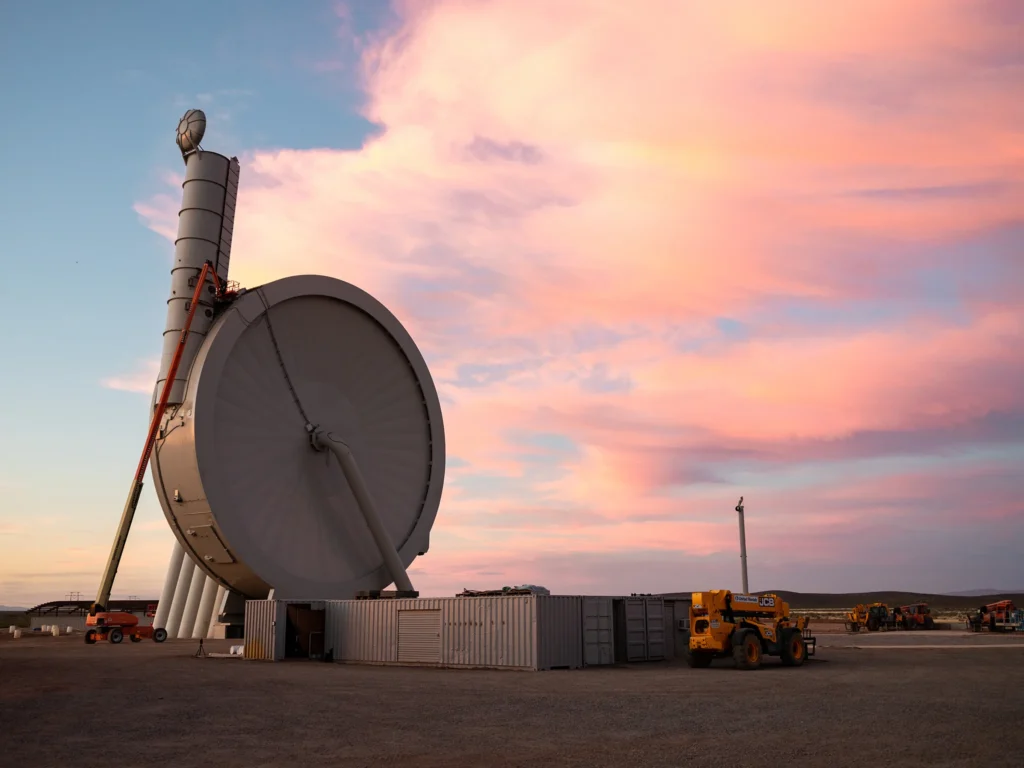About half a mile in length, a Rocky asteroid will soon make a close flyby near Earth. But there is no cause of concern as the asteroid will zip past Earth at a distance of about 1.2 million miles.
The name asteroid strikes fear amongst Earth’s residents, the only planet that hosts life. There is a good reason behind it, as the asteroids could cause an extinction-level event on Earth. At least once in Earth’s History, an asteroid has caused the total annihilation of a species: yes, we are talking about dinosaurs. So, whenever there is news that an asteroid is making a close flyby near Earth, there is general concern about whether there is a possibility of hitting our planet. The heavy destruction-causing ability of asteroids has forced nations worldwide to initiate programs to track any potential asteroids heading towards Earth.
But there is no concern with the asteroid 7482 (1994 PC1), first discovered by NASA astronomer RH McNaught back in 1994. Although the rocky body is about the size of the Empire State Building, it will only be visiting the Earth’s neighborhood about 1.2 million miles away, so there is nothing to worry about.
Nasa recently tweeted about 1994PC1 and assured that the asteroid doesn’t pose any danger to Earth. The tweet read, “Near-Earth asteroid 1994 PC1 is very well known and has been studied for decades by our planetary defense experts. Rest assured, 1994 PC1 will safely fly past our planet.”
Although 1994 PC1 will be passing way beyond the Earth, NASA categorizes it as a “potentially hazardous asteroid” due to its massive size.
The asteroid in question was first discovered in 1994. Digging further, astronomers that time were able to find more images of the space rock going back to 1974. Scientists precisely calculated its path and motion. In fact, the space rock 1994 PC1 has an orbital arc of 47 years – the amount of time between sightings in our night sky. According to the calculations, the last closest approach to Earth of 1994 PC1 was 89 years ago, on January 17, 1933.
The close approach this time will also present an amazing opportunity for amateur astronomers or stargazers to see the rock scroll past the sky. While it won’t be bright enough to see with naked eyes, anyone with a 6-inch backyard telescope could easily spot it speeding the skies. Talking about speed, the space rock will be cruising at a mind-blowing speed of 19.56 km per second relative to Earth.
Asteroids visit the Earth’s neighborhood fairly regularly; however, only a few actually pass through the atmosphere, and a fraction of those few ever reach the surface. In fact, asteroids like 1995 PC1 only strike Earth once every 600,000 years. Still, they pose a threat to life on Earth; that’s why it’s essential to track all the space bodies around our planet and have a close watch on space rocks coming too close to Earth.



